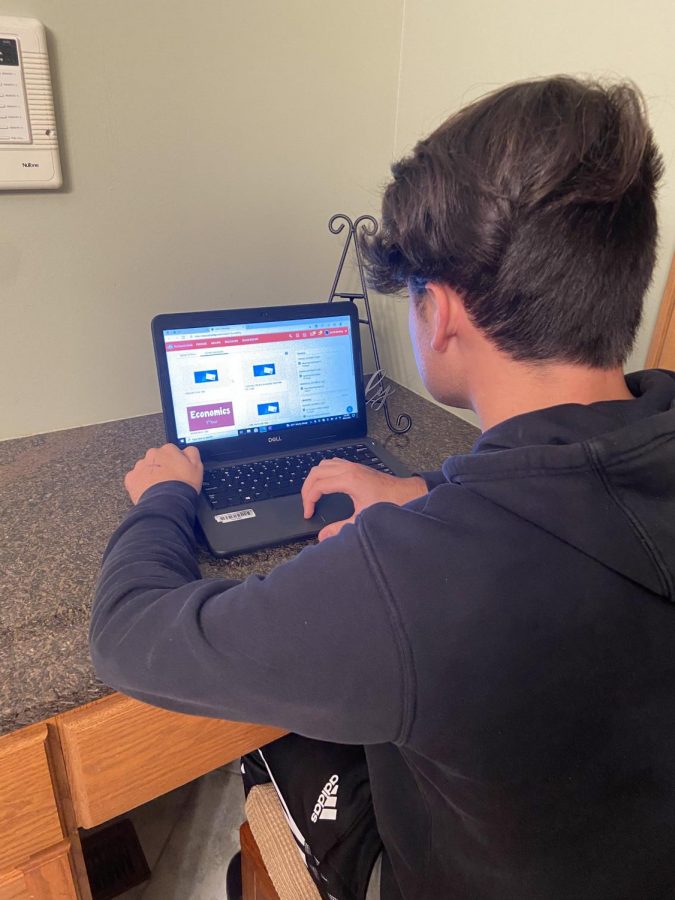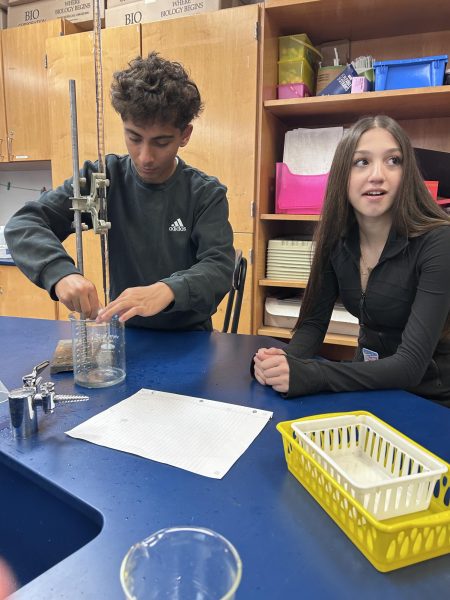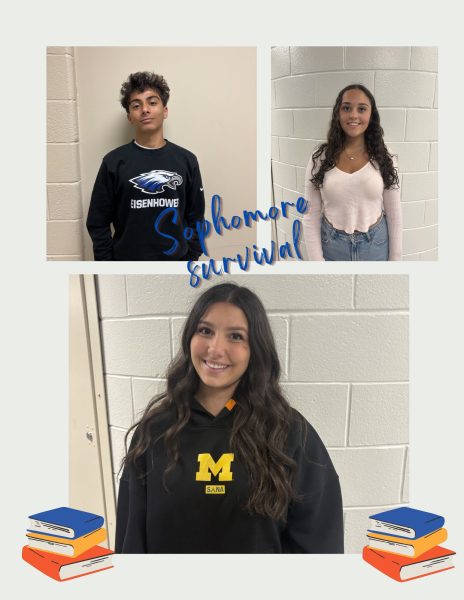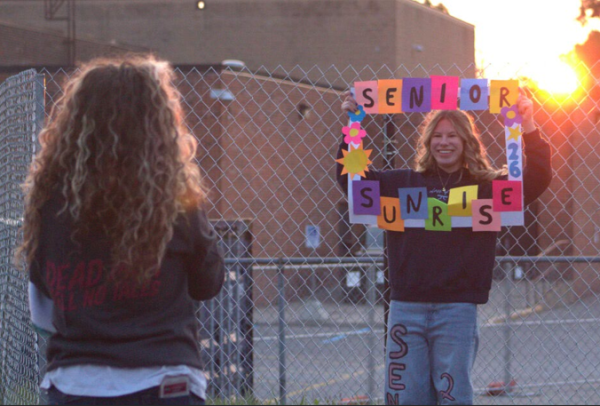Contact tracing COVID-19
Quarantine policy for school year to create a safe learning environment for staff and students
Students ask, “who’s next?” after a classmate is sent home due to contact tracing, but it’s not random. There’s a clear, updated policy followed for COVID-19 protocols.
“I am a father. I am a high school principal. I am a husband. I wear lots of different hats, so I have lots of different perspectives about this. We are dealing with the protocols set in motion and in place by the Macomb County Health Department and we are bound and obligated to adhere to those,” principal Jared McEvoy said.
Quarantining starts with the contact trace. This is done by the associate principals and the principal.
Students become quarantined when they are within three feet of a person with COVID-19. If that student is beyond three feet, they will get notified they were in close contact, but there is no need to quarantine.
“Quarantine is still 10 days. Another option that is utilized is you could be quarantined and after day five you can take a COVID-19 test; if it’s negative, then that 10 day quarantine can be reduced to seven days and the student could return on day eight,” McEvoy said.
Outside of the initial policy from last year, if someone were identified as a close contact between zero and three feet, and the student or family decides quarantining is not what they want to do, the student can continue to come to school and complete daily testing with proof submitted to the office.
When it comes to vaccinated and non-vaccinated, the quarantining is different. If someone were to be fully vaccinated, which is two weeks past the second dose, no quarantining is needed. If non-vaccinated, the full quarantine policy is in effect.
As far as masked and non-masked, there’s no difference to quarantines. This is because Utica Community Schools is a mask optional district, which causes the quarantine process to stay the same.
“With having online school gone, this year is a little harder because now when we get quarantined we don’t have the online class calls to stay up-to-date with the lessons,” senior Wilson Riggs said.
The difference from last year to this year is that last year, quarantined students were more frequently able to continue their education at home. This is because teachers would log onto a class meeting, if they chose, to teach those students at home. However, it was not required and is not this year either.
“Sometimes it’s easy to get frustrated and to be a little angry and have lots of emotions about all of this,” McEvoy said. “The reality is, we’re following the expectations that are in place and following the process and procedure, doing the best that we are able to do, in the hopes that we’re trying to maintain a safe and educationally conductive learning environment for students.”
Your donation will support the student journalists of Eisenhower High School. Your contribution will allow us to purchase equipment and cover our annual website hosting costs.





